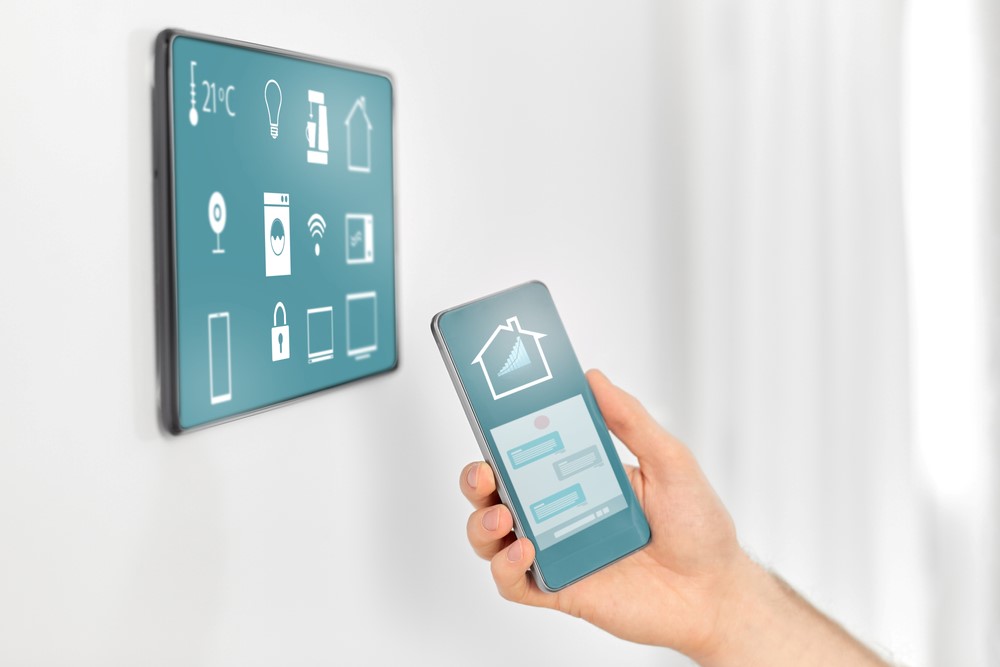K
Kathleen Martin
Guest
The enterprise has seen an explosion of Internet of Things (IoT) devices. Today we see more connectivity options at the edge and the need to place computing as close to the data as possible to gain valuable business insights. It has led to the proliferation of IoT devices and Internet-connected smart devices.
Despite the advantages and efficiencies of using IoT devices at the edge, it can serve as a blind spot for organizations from a security perspective. How is IoT being used in the enterprise, and how can it be secured? We will consider important security best practices and how a secure password policy is paramount to the security of devices.
What are Internet of Things (IoT) devices?
In general, IoT refers to devices with embedded software, sensors, network connectivity, and other technologies, allowing them to exchange data with other devices connected to the Internet. IoT devices range from household appliances (refrigerators, thermostats, ovens, microwaves, and other appliances) to industrial tools, sensors, and machines in manufacturing facilities. These connected "things" can collect and exchange many types of data.

Internet of Things (IoT) devices are connecting the physical world with the digital
With the prevalence of broadband network connectivity, wireless networks, and now 5G mobile networks in remote locations, it is now possible to connect any device to the network, including IoT devices. As a result, traditionally "dumb" devices are now transitioning to "smart devices" with the ability to be Internet-connected.
IoT devices are particularly common in the healthcare and manufacturing industries, where business-critical operations and data pass through internet-connected devices like monitors, tablets, scanners, and more.
Why is IoT revolutionizing data collection for businesses?
When you think about the capabilities of IoT devices and the possibilities for collecting and exchanging data, it opens a whole new world of opportunity for businesses to harness the power of data collection.
With IoT devices, the world we live and work in becomes "hyperconnected" so that literally everything around us can collect data and communicate this data to be analyzed. For businesses, it means data collection and analytics sensors can be located everywhere and on everything, giving real-time feedback available for analysis by big-data platforms.
Businesses realize the benefits and value coming from IoT devices, including:
Continue reading: https://www.bleepingcomputer.com/news/security/securing-your-iot-devices-against-cyber-attacks-in-5-steps/
Despite the advantages and efficiencies of using IoT devices at the edge, it can serve as a blind spot for organizations from a security perspective. How is IoT being used in the enterprise, and how can it be secured? We will consider important security best practices and how a secure password policy is paramount to the security of devices.
What are Internet of Things (IoT) devices?
In general, IoT refers to devices with embedded software, sensors, network connectivity, and other technologies, allowing them to exchange data with other devices connected to the Internet. IoT devices range from household appliances (refrigerators, thermostats, ovens, microwaves, and other appliances) to industrial tools, sensors, and machines in manufacturing facilities. These connected "things" can collect and exchange many types of data.

Internet of Things (IoT) devices are connecting the physical world with the digital
With the prevalence of broadband network connectivity, wireless networks, and now 5G mobile networks in remote locations, it is now possible to connect any device to the network, including IoT devices. As a result, traditionally "dumb" devices are now transitioning to "smart devices" with the ability to be Internet-connected.
IoT devices are particularly common in the healthcare and manufacturing industries, where business-critical operations and data pass through internet-connected devices like monitors, tablets, scanners, and more.
Why is IoT revolutionizing data collection for businesses?
When you think about the capabilities of IoT devices and the possibilities for collecting and exchanging data, it opens a whole new world of opportunity for businesses to harness the power of data collection.
With IoT devices, the world we live and work in becomes "hyperconnected" so that literally everything around us can collect data and communicate this data to be analyzed. For businesses, it means data collection and analytics sensors can be located everywhere and on everything, giving real-time feedback available for analysis by big-data platforms.
Businesses realize the benefits and value coming from IoT devices, including:
- Businesses can improve productivity and efficiency with the insights gained from IoT-connected devices
- Companies can collect data-driven insights to help make businesses decisions
- It helps businesses realize the full potential of their revenue streams and develop new revenue models
- It allows easily connecting the physical world with the digital world, which helps to drive innovation, agility, efficiency, and new understandings of data models
Continue reading: https://www.bleepingcomputer.com/news/security/securing-your-iot-devices-against-cyber-attacks-in-5-steps/

